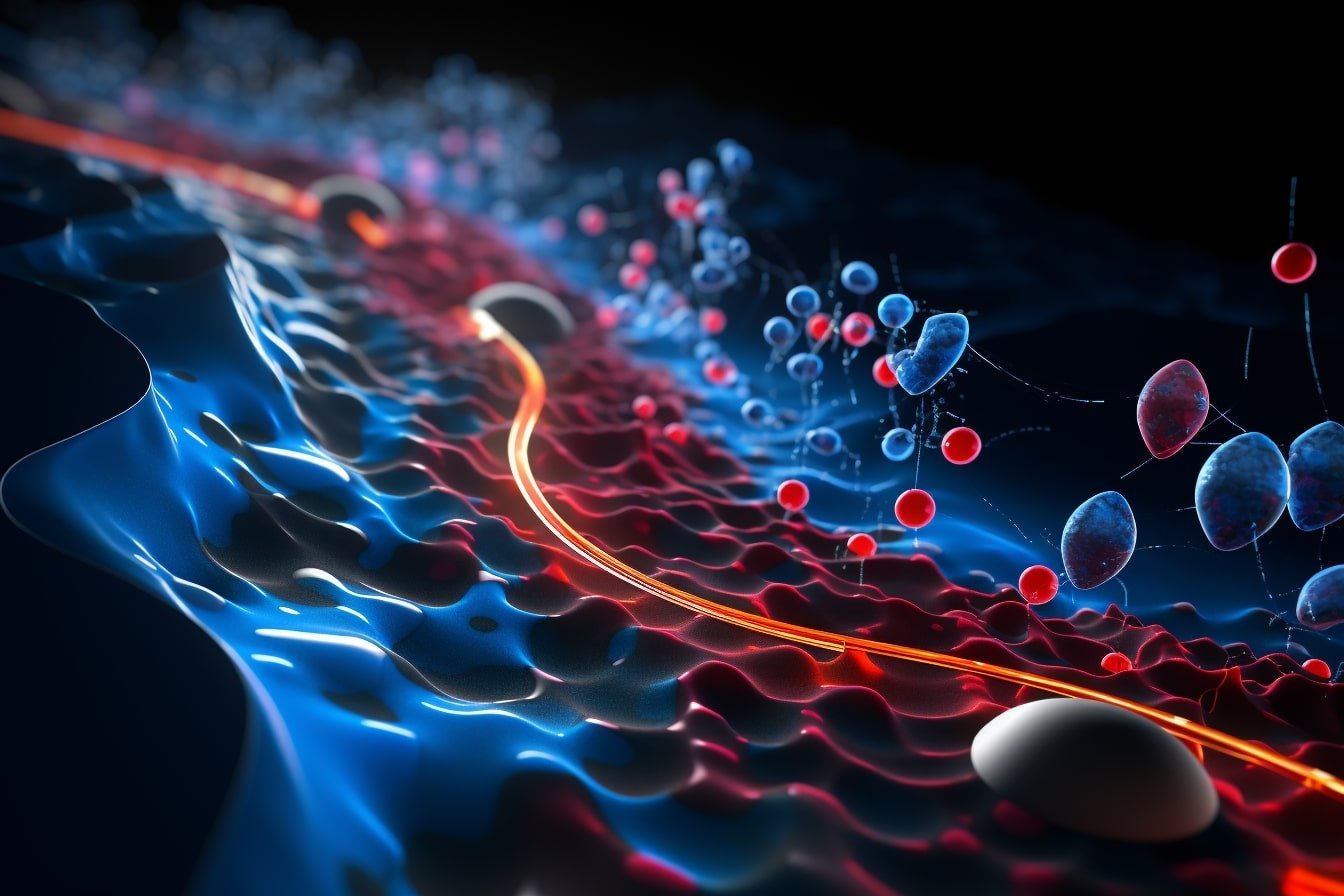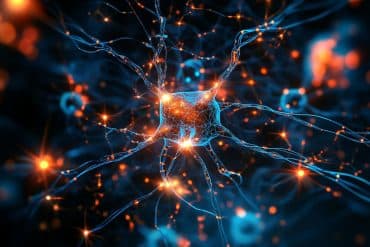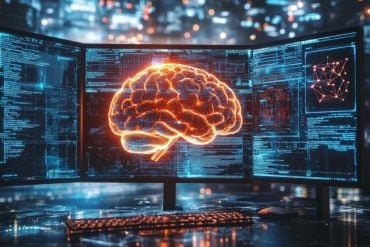Summary: Researchers developed an intelligent model system to understand the complex functioning of ion channels, crucial for many cellular processes.
The study focused on the inwardly rectifying potassium channel Kir2. The model allowed scientists to track conductance changes and visualize the gating of individual subunits, offering insights into these essential cellular pathways.
The findings have significant implications for the development of treatments for cardiovascular diseases.
Key Facts:
- The researchers designed a smart model system that enabled them to view the gating of individual subunits and track conductance changes.
- The study focused on the inwardly rectifying potassium channel Kir2, which is crucial for maintaining a negative membrane potential in many cells.
- Molecular dynamics simulations revealed that each subunit gating transition leads to conductance level changes, suggesting that all subunits must move together for a fully open channel.
Source: University of Vienna
Ion channels play a crucial role in many cellular processes, including neuronal communication, muscle contraction or cell proliferation. Most multi subunit ion channels exist in two functional states, either closed or open. During gating, one should expect that all subunits undergo conformational changes.
The absence of intermediate conduction levels is surprising and asks for an explanation. A team of researchers from the University of Vienna and the Washington University in St. Louis created a smart model system to answer this important question.
The study is currently published in Nature Communications.

Ion channels are membrane proteins that regulate the electrical activity of cells. In this study the scientific team investigated the inwardly rectifying potassium channel Kir2. This channel is crucial for maintaining a negative membrane potential in many cells.
These channels are promising drug targets for treatment of cardiovascular diseases. To foster drug development, a detailed understanding of the gating mechanism is important.
Intelligent model system & innovative methods
“We designed a model system that allowed us to visualize the gating of individual subunits and track conductance changes”, explains Grigory Maksaev from the Washington University in St. Louis.
As a model system, the inwardly rectifying potassium channel Kir2 was used. This channel is crucial for maintaining a negative membrane potential in many cells.
“We introduced an acidic residue near the channel gate. This led to novel states, so-called sub-conductance states” explains Eva Plessl from the Department of Pharmaceutical Sciences, University of Vienna.
The life times of these sub-states were long enough to resolve them experimentally. Each of the observed sub-states represents a distinct subunit conformation. Interestingly, the sub-state occupancy is titratable by pH.
“This suggests that protonation or deprotonation of individual acidic residues causes this phenomenon”, explains Sun-Joo Lee from the Washington University in St. Louis.
Sour is…less conductive
“Molecular dynamics simulations with different protonation states of the acidic residue support this finding”, explains Anna Weinzinger from the Department of Pharmaceutical Sciences, University of Vienna.
The study reveals that each subunit gating transition leads to conductance level changes. This suggests that for a fully open channel, all subunits must move together.
“By designing a smart model system, wehave answered a long-standing question about ion channel gating”, explains Colin Nichols from the Washington University in St. Louis.
About this neuroscience research news
Author: Theresa Bittermann
Source: University of Vienna
Contact: Theresa Bittermann – University of Vienna
Image: The image is credited to Neuroscience News
Original Research: Open access.
“Subunit gating resulting from individual protonation events in Kir2 channels” by Eva-Maria Zangerl-Plessl et al. Nature Communications
Abstract
Subunit gating resulting from individual protonation events in Kir2 channels
Inwardly rectifying potassium (Kir) channels open at the ‘helix bundle crossing’ (HBC), formed by the M2 helices at the cytoplasmic end of the transmembrane pore.
Introduced negative charges at the HBC (G178D) in Kir2.2 channels forces opening, allowing pore wetting and free movement of permeant ions between the cytoplasm and the inner cavity. Single-channel recordings reveal striking, pH-dependent, subconductance behaviors in G178D (or G178E and equivalent Kir2.1[G177E]) mutant channels, with well-resolved non-cooperative subconductance levels.
Decreasing cytoplasmic pH shifts the probability towards lower conductance levels. Molecular dynamics simulations show how protonation of Kir2.2[G178D], or the D173 pore-lining residues, changes solvation, K+ ion occupancy, and K+ conductance. Ion channel gating and conductance are classically understood as separate processes.
The present data reveal how individual protonation events change the electrostatic microenvironment of the pore, resulting in step-wise alterations of ion pooling, and hence conductance, that appear as ‘gated’ substates.






